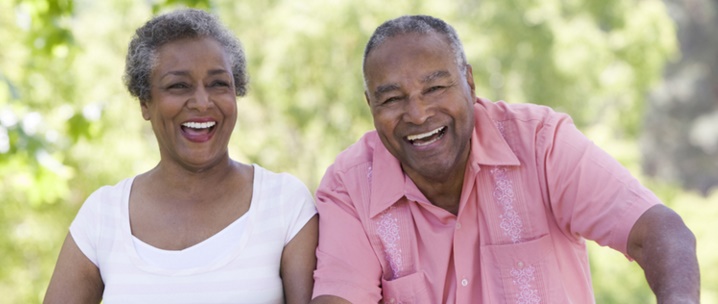The living arrangements of America’s older population are important because senior isolation has become an alarmingly common phenomenon, and will continue to increase as the older population continues to grow.
Regardless of race, ethnicity, gender, or sexual orientation, nobody relishes the prospect of aging without a spouse, family member, or a friend at their side during crisis or to simply share a laugh. All older adults — including African American seniors who live alone in communities that are geographically and economically isolated from economic opportunities, services, and institutions — are extremely vulnerable to the next calamity, be it from terrorism or a natural disaster.
Nothing causes seniors to experience a greater decline in health and emotional well-being than social isolation. Producing more than just feelings of loneliness and hopelessness, social isolation makes seniors less safe, puts them at greater risk for financial, emotional, or physical abuse, and may contribute to rapid deterioration in their mental and physical health. “A Review of Social Isolation” reported that the prevalence of social isolation among “community dwelling older adults” (seniors who live at home rather than senior communities) had a negative effect on their health. Chronic conditions such as hypertension, heart disease, diabetes, depression, and premature death are associated with senior isolation.
For black seniors of African descent (i.e. African Diaspora) who immigrate to the United States, senior isolation is exasperated because of the cultural, religious, and language differences seniors encounter when they come to the US, particularly if the individual immigrates later in life. The Journal of International issues reports that “the lack of financial resources and community networks also increase their sense of alienation and isolation for the immigrant older adult. The present study suggests that better family relations, social networking, financial support, and accessing to health care would be the key to address the problem.” Whether born in the United States or another country, locating isolated seniors can be challenging. Often times, isolated seniors travel small social circles, have limited mobility, and limited income.

To combat senior social isolation amongst all seniors, hospitals, senior centers, clinics, faith organizations, and community programs can play an integral role in connecting isolated individuals with federal, state, and local services and supports to ensure older adults remain vibrant, active participants in their communities. In fact, healthcare experts seem to agree that participating in group exercises is a wonderful, effective way to reduce isolation and loneliness for everyone, including seniors. Group exercise also has the added benefit of being great for physical and mental health. Likewise, participating in technology classes help to connect seniors to news and information, government services, health resources, and the opportunity to connect with their loved ones.
Senior isolation is neither inevitable nor irreversible; however, remaining connected to our senior loved ones can help to prevent loneliness as they face the life changes associated with aging.
For more information on the National Caucus and Center on Black Aging, Inc. (NCBA), visit www.ncba-aging.org.
The opinions expressed in this article are those of the author and do not necessarily reflect those of the Diverse Elders Coalition.

